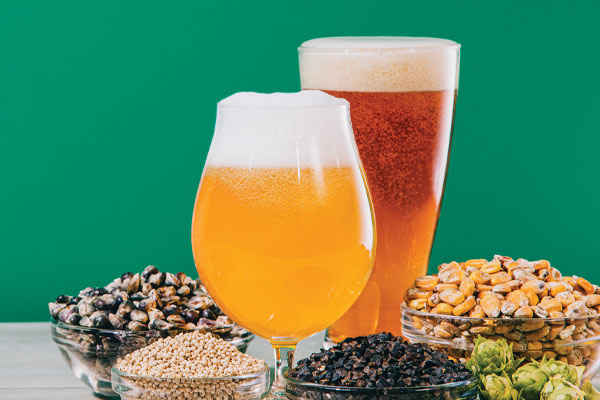
Gluten-Free Brewing
A look at available substitutes for barley malt, as detailed in this excerpt from Gluten-Free Brewing: Techniques, Processes, and Ingredients for Crafting Flavorful Beer.
You are using an outdated browser not supported by The Brewers Association.
Please consider upgrading!
The effect of malt on beer flavor is undeniable. In this section, find resources on the malting process, malt flavor and variety, specialty malts, and malt analysis and selection.

A look at available substitutes for barley malt, as detailed in this excerpt from Gluten-Free Brewing: Techniques, Processes, and Ingredients for Crafting Flavorful Beer.
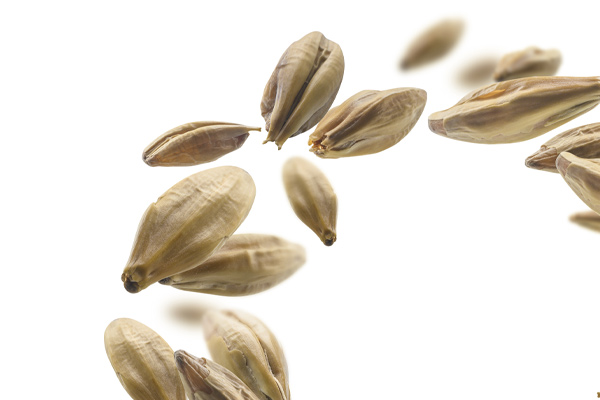
Continued challenges with the 2021 barley crop, sustainability, diversity, and excellence in craft malting were on the agenda at the 2022 Craft Malt Conference.

Most beer drinkers expect brewers to cancel out any surprises that Mother Nature lays on this year’s barley crop, so that their favorite beer tastes the same as it always does.
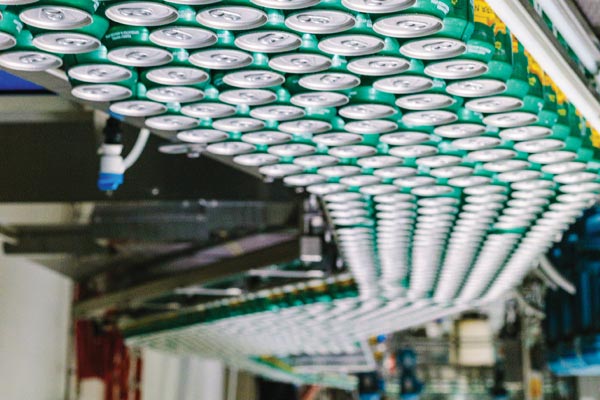
From obtaining malt to sourcing aluminum cans, American craft breweries are experiencing shortages, delays, and longer lead times affecting operations.

The Hot Steep method, a rapid wort preparation method approved by the ASBC, will allow breweries of all sizes and budgets to easily evaluate extractable malt flavor.

Bavarian barley breeder Breun has developed a two-row barley variety that can withstand a variable amount of soil moisture throughout the growing season, cultivating it in Italy.
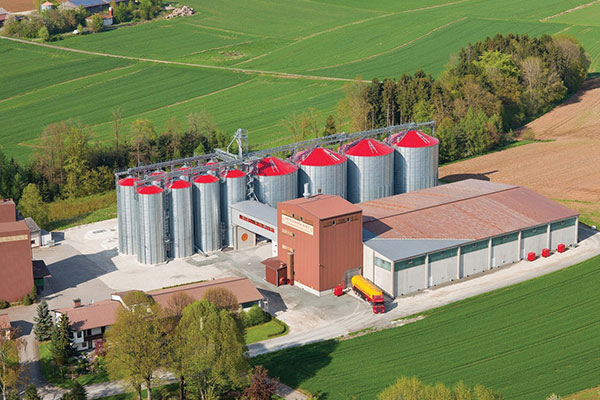
As every brewer knows, malt is a natural and perishable product. How can brewers preserve malt quality as much as possible and thus extend its shelf life?


In the geography of malt and barley, Chile is usually not the first country that comes to mind. But in a normal year, some 75 percent of the Chilean harvest is of malting quality.
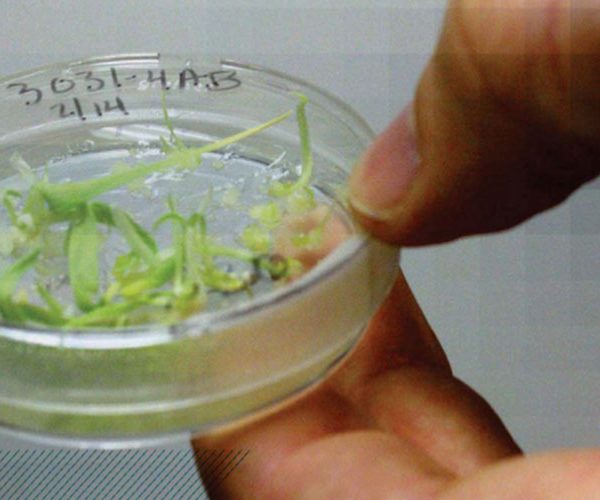
A multi-institutional group of researchers, farmers, maltsters, and brewers is slowly piecing together the links in a supply chain to develop new, flavorful malt varieties.